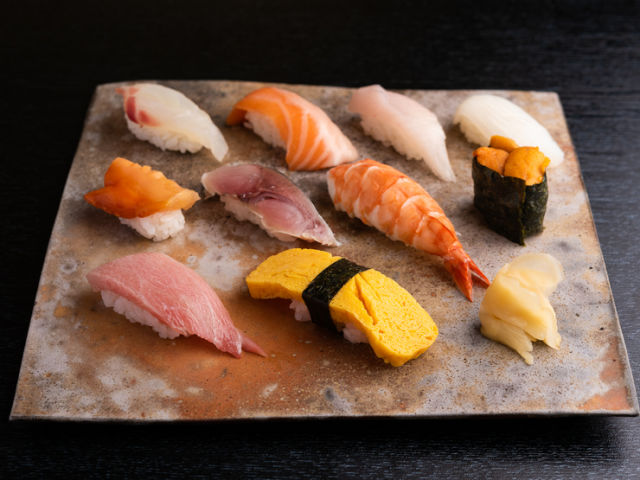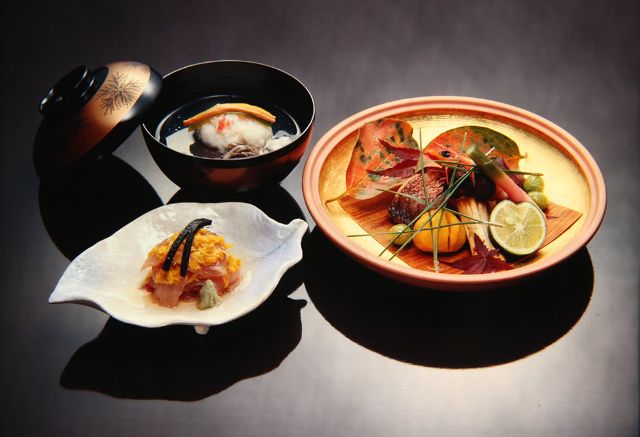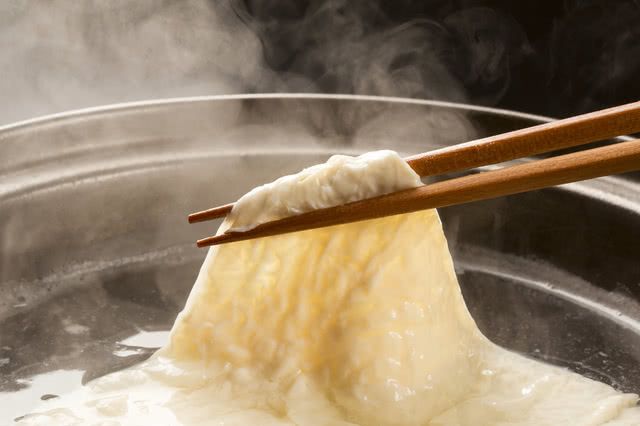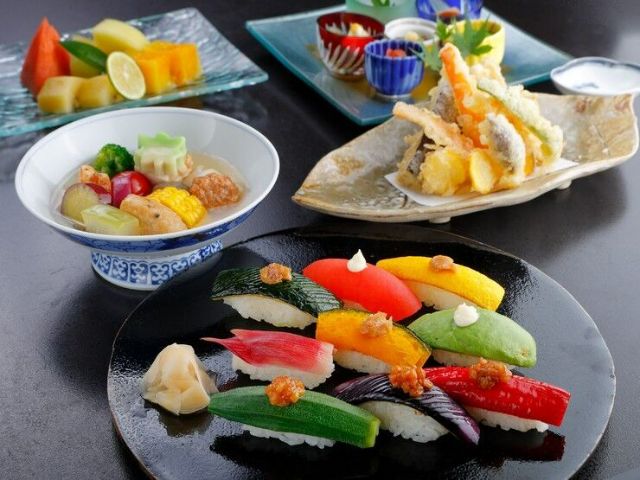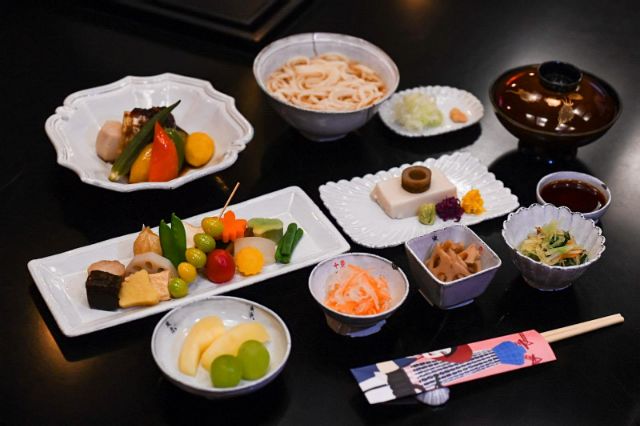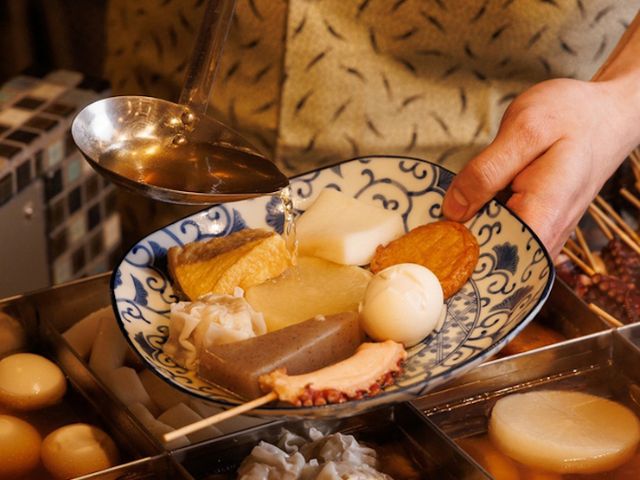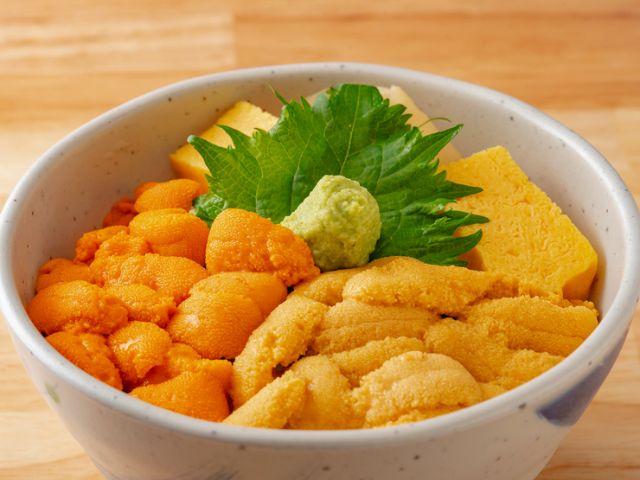Savor the Flavors of Autumn in Japan! ‘Tis the Season for Eating!
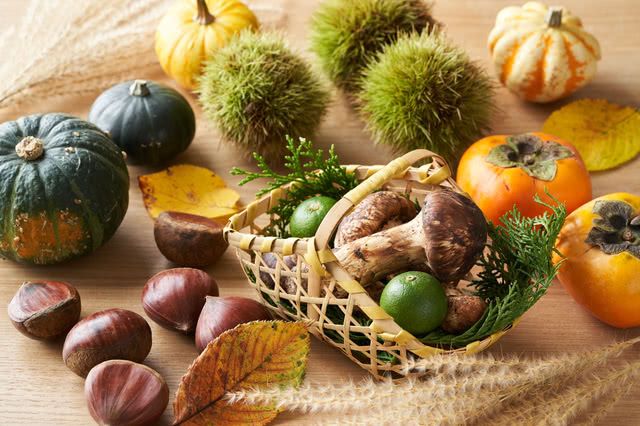
Why is seasonality a big deal for Japanese People?
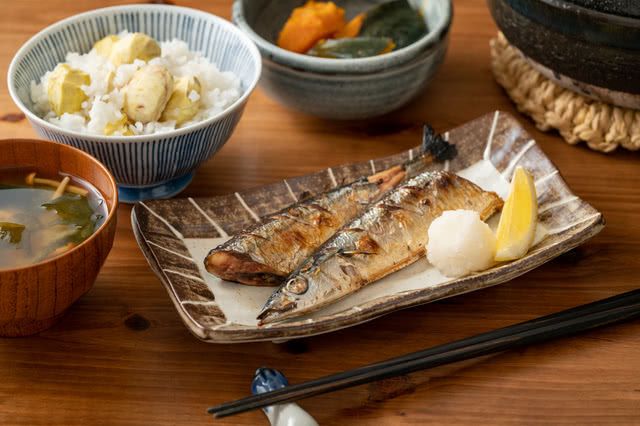
In Japan, the variety of agricultural products and seafood wildly changes with the seasons, so households tend to have a keen awareness of them when cooking. They also attach so much importance to the seasonality of ingredients because they have long believed that eating freshly harvested ingredients is healthier and can bring good luck. Of course, eating according to the seasons can also save on food costs; they cost less as they can be easily harvested and fished in abundance. They're often sweeter and more delicious, too! So, if you visit Japan, make sure to try the foods in season at the time of your trip after enjoying the seasonal natural beauty Japan has to offer.
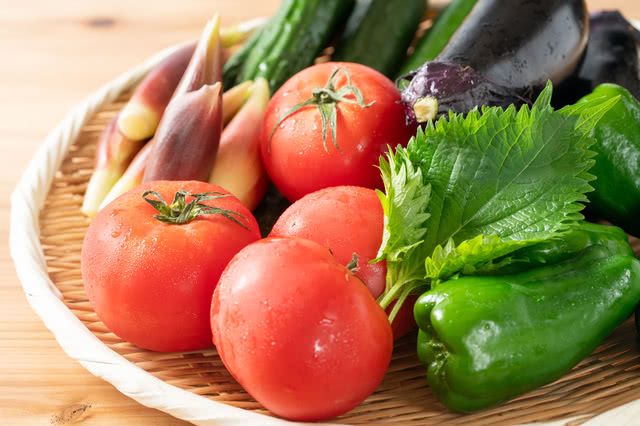
Foods unique to autumn will be introduced in detail later, but listed below are other typical seasonal ingredients you might find in Japan. Numerous Japanese restaurants change their menus according to the season, so you can enjoy seasonal ingredients whatever time of year you visit.
[Spring (around March to April)]
Vegetables: bamboo shoots, garden peas, fresh onions (early harvest onions), royal ferns
Seafood: short-neck clams, hard clams, Spanish mackerel, rockfish
[Summer (around July to August)]
Vegetables: tomatoes, eggplants, cucumbers, wax gourds, shishito peppers, Japanese ginger
Seafood: Octopus, swordtip squid, sea bass, Japanese whiting, sweetfish
[Winter (around December to January)]
Vegetables: leeks, Chinese cabbage, taro, turnips, lotus root, rapeseed blossoms
Seafood: snow crab, cod, yellowtail, splendid alfonsino, goosefish
Must-Eat Seasonal Foods in Japan in Autumn!
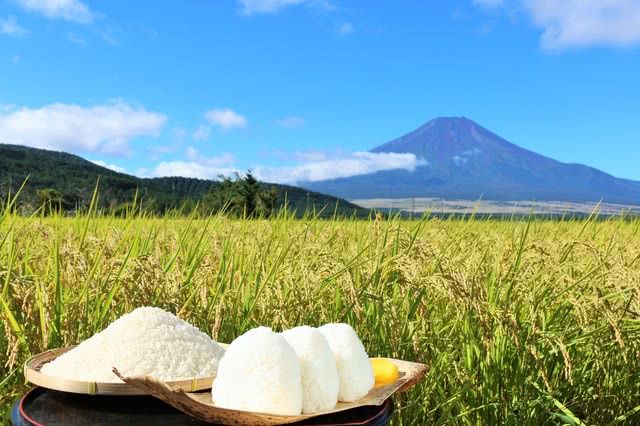
Stretching from around October to November, autumn is the time of year when many delicious ingredients come into season in Japan! Mushrooms, pumpkins, and sweet potatoes are just some of the vegetables that fully ripen during this time of the year. As for seafood, it’s the time of year for saury and salmon! The first rice crop harvested for the year also makes its appearance in the market during this season. Called "shinmai," the first rice crop of the year is truly the best because it is packed with moisture, and its luster, flavor, stickiness, and aroma are at their peak.
Grapes, pears, and persimmons are also in season, so going fruit picking at a farm is definitely recommended. It's guaranteed that the fruits you will pick will be fresh and utterly delicious!
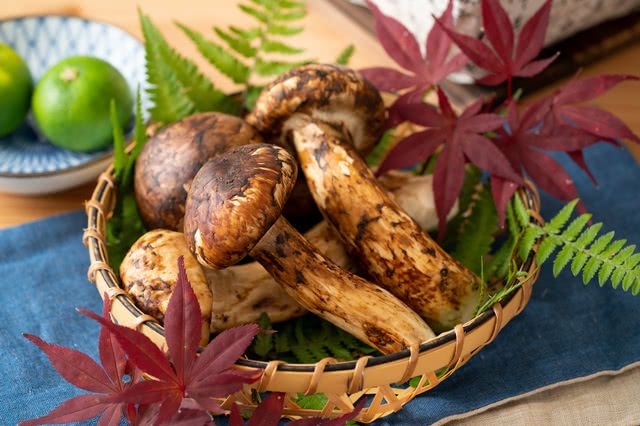
Japan is teeming with many delicious ingredients during autumn, but one delicacy stands out as the "king of autumn foods" in the country: matsutake mushroom!
Found mainly in red pine forests, matsutake mushrooms are famous for their mellow aroma. These mushrooms cannot be cultivated, and they grow under harsh conditions, so their yield is limited. Because of that, they can be quite expensive, especially those produced in Japan.
In Japan, matsutake mushrooms are often grilled over charcoal, cooked together with rice, or simmered in a broth like dobin-mushi. They’re all great ways to enjoy the aroma and texture of matsutake mushrooms!
Japanese Restaurants Serving Delicious Autumn Flavors
Here are two restaurants you should check out.
Fukiyosekomachi (Yotsuya-sanchome)
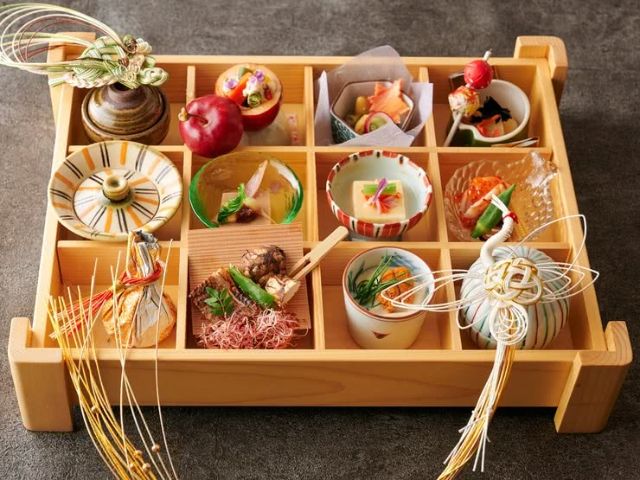
Located in a quiet residential area, Fukiyosekomachi is a Japanese restaurant that can accommodate a maximum of two groups per day on a reservation-only basis. Here, they serve authentic Japanese cuisine that generously uses seasonal ingredients. The chef, who honed his skills at Japanese dining spots and sushi restaurants in Tokyo, handpicks the seasonal ingredients and beautifully prepares them in a variety of ways.
Try the [One Day's Course] as it will let you feel the changing of the seasons. Even vegetables that are in season go through subtle changes in flavor within the season—delicious when the season first comes in, outstanding at the peak, and intense as the season comes to a close. At this restaurant, the chef buys all the ingredients fresh from the market each day and prepares them to suit the season, so you can truly experience this with each visit.

The restaurant has a simple, relaxed ambience, with four seats at the counter and one private room that can accommodate six people. Refrain from wearing informal and revealing clothes. Please dress smart casual to go with the upscale atmosphere of the restaurant.
Fukiyosekomachi
Closed: Irregular
Average price: [Dinner] 11,000 JPY / [Lunch] 3,500 JPY
Access: 5-minute walk from Yotsuya-sanchome Station (Exit 2). Follow the road toward Shinjuku and turn right at the third alley.
Address: 1F, 4-10-1, Yotsuya, Shinjuku-ku, Tokyo Map
More Details Reservation
Tagoto Main Branch (Kyoto-kawaramachi)
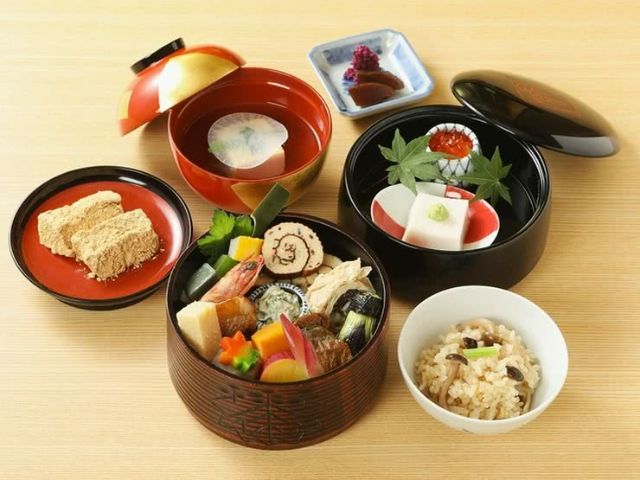
Tagoto Main Branch, established 144 years ago, is a time-honored Kyoto restaurant that serves exquisite dishes bursting with seasonal flavors. Here, they use an abundance of Kyoto vegetables and seafood that are unique to the season.
Try the [Koetsu Mizusashi Bento] (4,180 JPY), a gorgeously prepared bento that lavishly incorporates the season's bounty. It comes in a beautiful bento box resembling mizusashi (a water jug used during traditional Japanese tea ceremonies), created by the renowned artist Honami Koetsu about 400 years ago. The ingredients used and dishes placed inside the bento box vary depending on the season and availability of ingredients.
The restaurant also offers three tiers of kaiseki course meals: 8,800 JPY, 11,000 JPY, and 13,200 JPY. These authentic Japanese courses will let you savor seasonal ingredients prepared in a variety of ways, including grilled, simmered, and as sashimi.
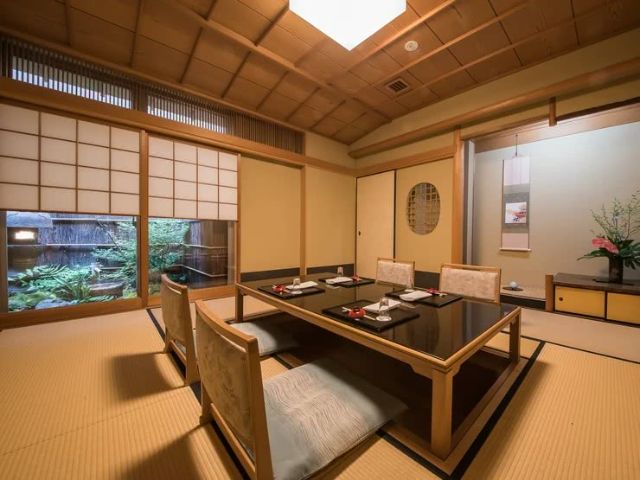
The restaurant is located at the end of a stone-paved walkway after passing through a noren (a kind of curtain hung at the entrance of a shop). Inside, you can feel and see the seasons through the hanging scrolls and flower arrangements that adorn the restaurant. The courtyard is also impressive. You can also experience the changing of the seasons in the presentation, aroma, and taste of the food served.
Tagoto Main Branch
Closed: Wednesday
Average price: [Dinner] 8,800 JPY / [Lunch] 4,180 JPY
Access: 1-minute walk from Kyoto-kawaramachi Station / From Exit6, head East for 10meters, and you will find the restaurant next to LAWSON
Address: 34, Otabi-cho, Shimogyo-ku, Kyoto-shi, Kyoto Map
More Details Reservation
Disclaimer: All information is accurate at time of publication.
Thank you for reading our article.
Our goal is to take your culinary journey to the next level by helping you find the best restaurant. With SAVOR JAPAN, you can search and make reservations for
the Japanese Cuisine restaurants found in and around Tokyo and Kyoto that fill your needs.
Discover more Japanese Cuisine restaurants by area
- Tokyo Area
- Near Tokyo
- Kyoto and Osaka Area
- Hokkaido Area
- Northern Honshu (Tohoku)
- Central Honshu (Chubu)
- Western Honshu (Chugoku)
- Shikoku
- Kyushu
- Okinawa and Ryukyu Islands
Discover more restaurants to eat Japanese Cuisine by area
Related Articles
New Articles
Categories
Cuisine
- Bars (23)
-
Japanese Cuisine (677)
- Kaiseki (46)
- Nabe (19)
- Okonomiyaki (24)
- Shabu Shabu (37)
- Soba (18)
- Sushi (137)
- Tempura (19)
- Teppanyaki (46)
- Shojin Ryori (3)
- Tonkatsu (11)
- Kushiyaki (10)
- Yakitori (44)
- Sukiyaki (35)
- Japanese Cuisine (342)
- Oyster (2)
- Sashimi/ Seafood (20)
- Unagi (eel) (31)
- Motsu Nabe (offal hotpot) (6)
- Mizutaki (chicken hot pot) (3)
- Oden (8)
- Kaisendon (seafood bowl) (9)
- Udon (2)
- Taverns(Izakaya) Cuisine (124)
- Western Cuisine (42)
- Italian/French Cuisine (95)
- Yakiniku/Steak (225)
- Chinese Cuisine (26)
- Ramen (Noodles) Cuisine (25)
- Cafe/Sweets (60)
- Other Asian Cuisine (5)
- Global/International Cuisine (7)
- Alcohol (45)
- Other (11)
Area
- Shikoku (10)
- Kyoto and Osaka (344)
-
Tokyo (458)
- Tokyo (284)
- Ginza (43)
- Roppongi (22)
- Shibuya (26)
- Shinjuku (46)
- Asakusa (20)
- Ebisu (12)
- Tsukiji (10)
- Tokyo Landmarks (4)
- Ueno (23)
- Akihabara (9)
- Ikebukuro (12)
- Jiyugaoka, Denenchofu, Nakameguro (9)
- Shimokitazawa (4)
- Kichijoji (3)
- Tachikawa (1)
- Omotesando, Harajuku, Aoyama (18)
- Akabane (1)
- Kagurazaka (4)
- Akasaka (10)
- Odaiba (1)
- Tsukishima, Harumi, Toyosu (3)
- Near Tokyo (100)
- Okinawa and Ryukyu Islands (58)
- Hokkaido (124)
- Northern Honshu (Tohoku) (31)
- Central Honshu (Chubu) (144)
- Western Honshu (Chugoku) (32)
- Kyushu (92)
Archives
- December 2025(8)
- November 2025(4)
- October 2025(3)
- September 2025(6)
- August 2025(11)
- July 2025(19)
- June 2025(18)
- May 2025(34)
- April 2025(43)
- March 2025(30)
- February 2025(36)
- January 2025(26)
- December 2024(69)
- November 2024(31)
- October 2024(15)
- September 2024(39)
- August 2024(65)
- July 2024(31)
- June 2024(54)
- May 2024(61)
- April 2024(28)
- March 2024(31)
- February 2024(42)
- January 2024(32)
- December 2023(20)
- November 2023(5)
- October 2023(11)
- September 2023(7)
- August 2023(18)
- July 2023(8)
- June 2023(8)
- May 2023(18)
- April 2023(15)
- March 2023(1)
- January 2023(1)
- April 2022(2)
- March 2022(2)
- February 2022(1)
- January 2022(1)
- July 2021(1)
- March 2021(1)
- February 2021(1)
- December 2020(1)
- October 2020(1)
- September 2020(2)
- August 2020(10)
- July 2020(6)
- June 2020(9)
- May 2020(11)
- April 2020(8)
- March 2020(8)
- February 2020(13)
- January 2020(9)
- December 2019(24)
- November 2019(8)
- August 2019(14)
- July 2019(15)
- June 2019(18)
- May 2019(17)
- April 2019(16)
- March 2019(22)
- February 2019(22)
- January 2019(26)
- December 2018(34)
- November 2018(40)
- October 2018(32)
- September 2018(11)
- August 2018(8)
- July 2018(6)
- June 2018(9)
- May 2018(10)
- April 2018(21)
- March 2018(74)
- February 2018(39)
- January 2018(26)
- December 2017(59)
Keywords
- Omakase
- Accessible
- Affordable
- All-You-Can-Eat
- Amazing Scenery
- anime
- Art
- Autumn
- Awards
- Beer Gardens
- Breakfast
- Chef Recommendations
- Cherry Blossoms
- Chinese
- Close To Station
- Condiments
- Counter
- Coupon
- Crab
- Culture
- Dassai
- Dates
- delivery
- Early Summer
- Editor's Recommendation
- English Available
- Event
- Expo
- Fall Leaves
- Family-Friendly
- Famous Restaurant
- Famous Tourist Spot
- Fast Food
- festival
- fireworks
- Flower Farm
- Free Wi-Fi
- French
- Great Location
- Guide
- Hibachi
- hotpot
- How To
- hydrangea
- Hygiene
- Illumination
- Italian
- Izakaya
- Japanese
- Japanese alcohol
- jingisukan
- Kaiseki
- Kappo
- Kushiage
- Kushikatsu
- Kyoto
- Late-Night
- Lunch
- Manners
- matsusakagyu
- Michelin
- mizutaki
- Model Course
- monjayaki
- motsunabe
- Mt.Fuji
- Multilingual Menus
- Nabe
- Narita Airport
- New Year
- Ninja
- Noodle
- Oden
- Okonomiyaki
- omotenashi
- Onsen
- Osaka
- Osaka Station
- Photogenic Site
- pizza
- PR
- Private Room
- Ramen
- ranking
- Recipe
- Regional Cuisine
- Resort
- Rice Bowl Dish (Donburi)
- sacred places
- Sake
- Sakura
- Sashimi
- sea urchin
- Setouchi Area
- Shabu Shabu
- sightseeing
- Signature Dish
- Soba
- Solo Diners Welcomed
- Spicy Food
- Spring
- Steak
- Summer
- Sunflower
- Sushi
- takeout
- Teppanyaki
- Terrace Seating
- Tokyo
- Tokyo Experiences
- Tokyo Skytree
- Tokyo Tower
- unagi
- UNESCO
- Vegan
- Vegetarian
- Wagyu
- What Popular Gourmet Sites Recommend
- Whisky
- Wine Bar
- Winter
- Wisteria
- Workshop
- World Heritage Site
- World Writers
- Yakiniku
- Yoshoku
- Yuba
- Zen
Discover Restaurants By Area
-

Tokyo Area
Japan's largest city, Tokyo, is the center of culinary culture in Japan. Countless Tokyo restaurants serve every kind of food imaginable and the Toyosu fish market keeps restaurants stocked with the nation's finest fish.
-

Near Tokyo
Coastal areas, mountains and valleys surrounding Tokyo are bursting with tourist destinations, such as hot springs and ski slopes, where many unique foods are only available locally.
-

Kyoto and Osaka Area
The cities of Kyoto and Osaka, together with their surrounding areas, have greatly influenced Japan's culinary culture since the 7th Century. The region is renowned for its entertainment, Kobe beef, and wide-ranging traditional dishes.
-

Hokkaido Area
The island of Hokkaido is home to wide-ranging produce of the finest quality, such as rice, meat, vegetables, fish and fruit. Popular dishes from Hokkaido include robatayaki (food slowly roasted on skewers) and Sapporo miso ramen.
-

Northern Honshu (Tohoku)
The northern end of Japan's main island, Honshu, is renowned for its seasonal fruit and vegetables, nation-leading harvest of fish (especially tuna from Ohma), and delicious beef from Yonezawa, Sendai and Yamagata.
-

Central Honshu (Chubu)
Chubu is in the center of Japan's main island, Honshu, and its culinary culture reflects its position between Japan's western and eastern halves. Delicious Hida beef, world-famous Mount Fuji and many acclaimed sake breweries are in Chubu.
-

Western Honshu (Chugoku)
Chugoku, on the southwest of Japan's main island, is rich with diverse produce. Many of its products are praised as Japan's best, including Matsuba crabs from Tottori and oysters from Hiroshima. Its pears and muscats are also top grade.
-

Shikoku
The mild climate of Shikoku is ideal for growing citrus fruit such as sudachi. Shikoku is also famous for Sanuki udon noodles, huge yields of tiger prawn from Ehime Prefecture and the best torafugu (tiger globefish) in the country.
-

Kyushu
Western culture was first introduced to Japan through Kyushu, Japan's third largest island, where the influence of Portuguese and other western cuisine influenced the creation of a colorful culinary tradition.
-

Okinawa and Ryukyu Islands
Okinawa, Japan’s southernmost prefecture, is a treasure trove of distinctive dishes and drinks that have become popular throughout Japan, including Okinawa soba, unique sushi toppings and Awamori distilled liquor.
